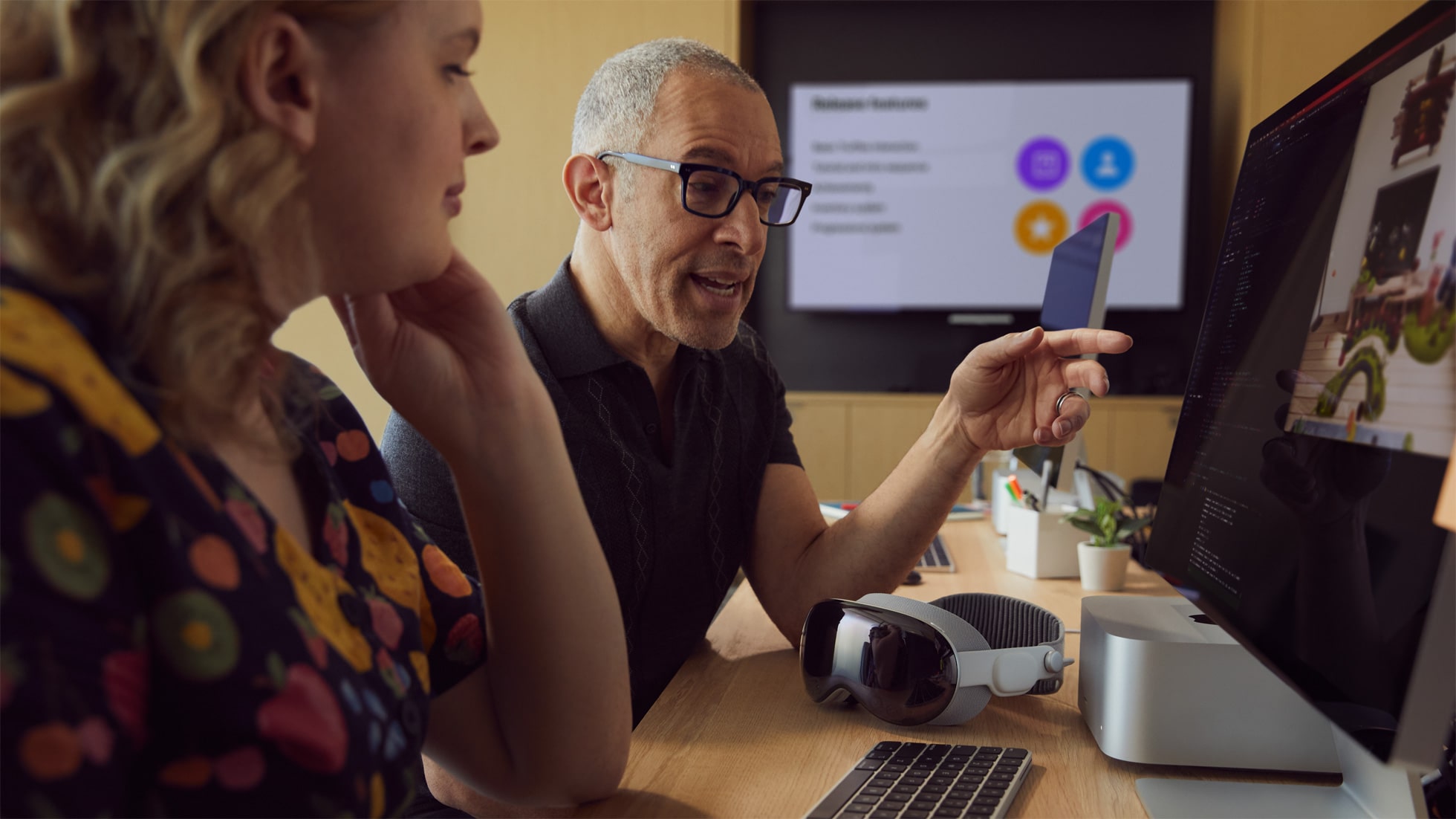
Apple’s take on the virtual computing headset, the Vision Pro, will soon be in people's hands (and on their heads), but there's been some concern about what apps will actually be available to run natively - and thankfully, Apple has now given us an idea.
In an official Newsroom post, Apple stated that the Vision Pro App Store will offer "spatial computing experiences unlike any other platform.” The Vision Pro’s capabilities will allow users to experience apps in a whole new way - allowing users to scale apps to nearly any size and arrange them to anywhere in their field of vision.
These apps, which have been specially made for the Vision Pro, certainly sound exciting, but we've recently learned that major apps such as Spotify, Netflix and YouTube won't have native Vision Pro apps - at least at launch. This will be a blow to anyone wanting to use the Vision Pro as a media player, so what exactly can we expect app-wise?
An indication of what kind of apps users can expect
Vision Pro users will be able to experience productivity, communication, entertainment (including streaming), and gaming spatial computing apps. According to Apple, because the visionOS makes use of existing developer frameworks, there are already “more than 1 million familiar apps” compatible with the Vision Pro.
Some of the apps currently in development for productivity are Microsoft 365 apps, Fantastical, JigSpace, Slack, and Apple’s Freeform.
Apple has already shown demonstrations of Keynote and Safari visionOS apps, which 9to5Mac speculates that they may be ready to download and use (or will be very soon) and assumes that more iWork suite apps will follow in quick succession.
Communication apps for the Vision Pro will work with the help of its Persona feature, which will still be in beta upon the Vision Pro’s launch. Apps that already qualify for this include FaceTime, Zoom, Cisco Webex, and Microsoft Teams.
Here's a list of the confirmed Vision Pro apps so far:
- Microsoft 365
- Fantastical (a calendar app)
- JigSpace (for 3D presentations)
- Slack
- Apple Freeform
- FaceTime
- Zoom
- Webex
- Microsoft Teams
- Apple TV (with support for Apple Immersive Video format videos)
- Apple TV Plus (the streaming service)
- Disney Plus
- Max
- Apple Arcade
The following apps have been demoed by Apple, but not yet confirmed for the Apple Vision Pro launch:
- Apple Keynote
- Safari
The Vision Pro's entertainment potential
One huge selling point for any virtual reality headset is how users can experience media like entertainment media and gaming.
Some streaming services will be available and ready to use upon the Vision Pro’s arrival like Apple TV Plus, Disney Plus, Max (HBO Max and Discovery) and more, though as I mentioned earlier, there are some noticeable exceptions.
Apple has been talking about the Vision Pro’s visual display specs as one of its most cutting-edge features, particularly thanks to the new Apple Immersive Video format that makes the Vision Pro capable of processing and displaying 180-degree, 3D, 8K content with spatial audio. To take advantage of this Apple is making 150 titles available in the Apple TV app.
Over 250 games will also be available on the Vision Pro with the Apple Arcade, with the potential for games outside of the Apple Arcade to be added as well. Apple is also adding support for PS5 and Xbox wireless controllers that can be used in conjunction with the Vision Pro for gaming.
Apple CEO Tim Cook declared the Vision Pro as “the most advanced consumer electronics device ever created,” which is certainly a bold claim.
Virtual reality (and similar technologies) and virtual computing devices have had a mixed reception so far, and it’s an interesting move for Apple to launch an augmented reality headset (which is what it is, no matter what Apple wants us to think) when many of its competitors have instead turned their attention to artificial intelligence (AI) - something Apple has so far not shown much interest in. But who knows? If the product is really as good as Apple wants us to think it is, and the price point comes down a little in the future, this could be the next Apple product that becomes a part of our everyday life - but it'll need more apps before it can manage that.







